Description
The Greek Corinthian helmet is one of the most iconic pieces of ancient Greek armor, known for its distinctive, streamlined shape and association with the classical Greek hoplite warrior.
Key Features of the Corinthian Helmet:
- Shape and Design:
- The Corinthian helmet was crafted from a single sheet of bronze, shaped to cover the head entirely, with only small slits for the eyes and a gap for the mouth.
- It featured a prominent nose guard, or nasal, to protect the face.
- The helmet extended down the sides, covering the cheeks with curving cheek plates, which left only the eyes, nose, and mouth exposed.
- Protection:
- The helmet provided excellent protection for the entire head, particularly in battle, where it shielded the warrior’s skull, neck, and face from blows.
- Its rounded shape helped to deflect attacks, while the narrow eye slits made it difficult for opponents to land a direct strike to the eyes.
- Materials:
- Corinthian helmets were typically made from bronze, hammered into shape by skilled artisans. Over time, the metal was sometimes adorned or engraved with decorative motifs.
- Visibility and Hearing:
- While the helmet offered great protection, its design restricted the wearer’s vision and hearing. This drawback was mitigated somewhat by hoplite warfare, which involved close formation fighting, where individual visibility was less critical.
- Crest:
- Many Corinthian helmets were fitted with a crest made from horsehair, mounted on the top of the helmet. These crests were often used to display rank or to make the warrior appear taller and more intimidating in battle.
- Evolution:
- Over time, as warfare tactics changed and mobility became more important, the full-face Corinthian helmet evolved. Later Greek helmets, such as the Chalcidian or Phrygian types, became more open, sacrificing some protection for improved visibility and hearing.
Cultural Significance:
- The Corinthian helmet is most closely associated with the Greek hoplites, the heavily armored infantrymen who fought in phalanx formations during the Archaic and Classical periods.
- It became a symbol of military prowess and is often depicted in classical art, including pottery, sculpture, and coins. Statues of gods like Athena and depictions of heroes like Achilles and Ajax often show them wearing Corinthian helmets.
This helmet, with its strong association with the city of Corinth, became a symbol of the valor and military discipline of the ancient Greeks. Today, it remains an iconic representation of ancient Greek warfare.


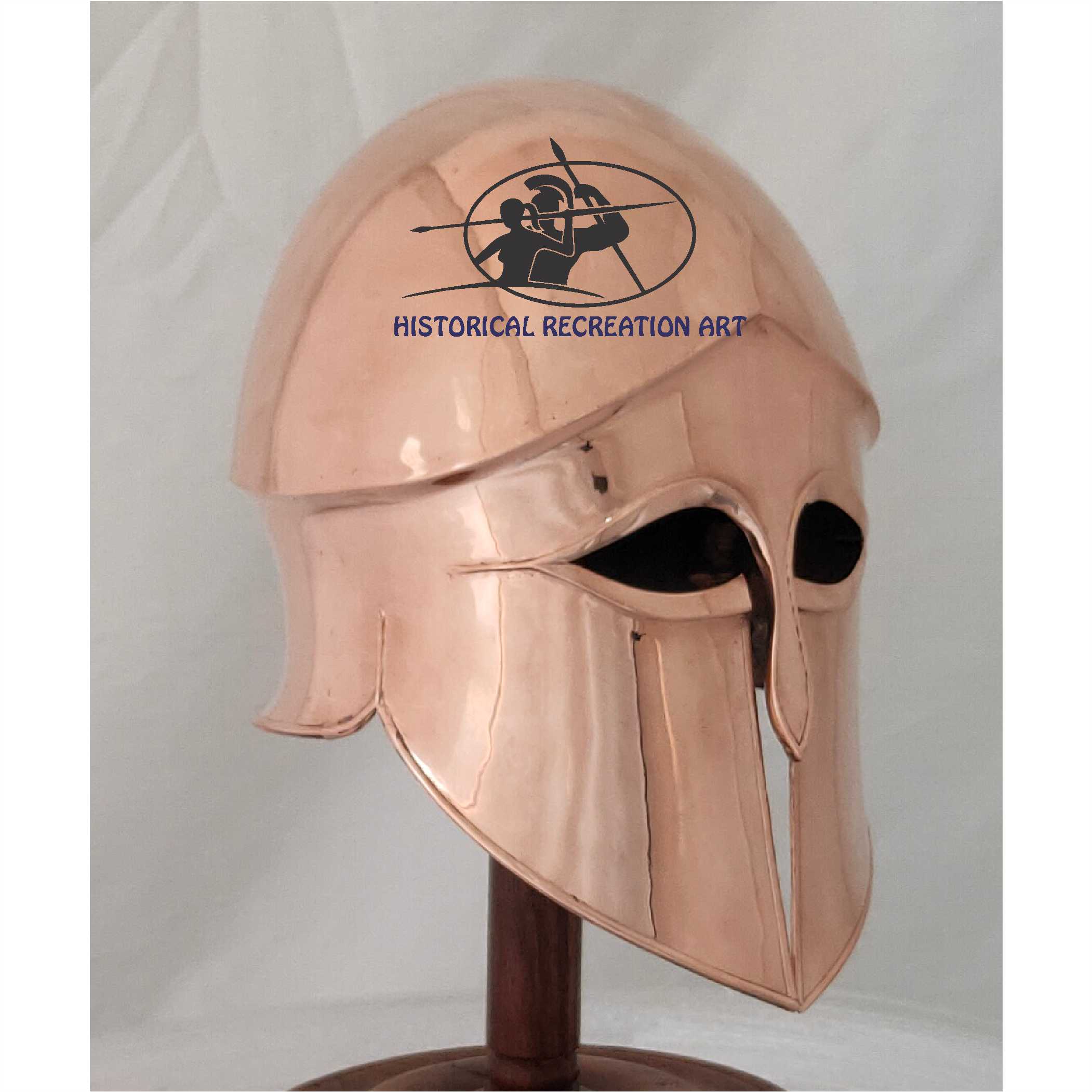

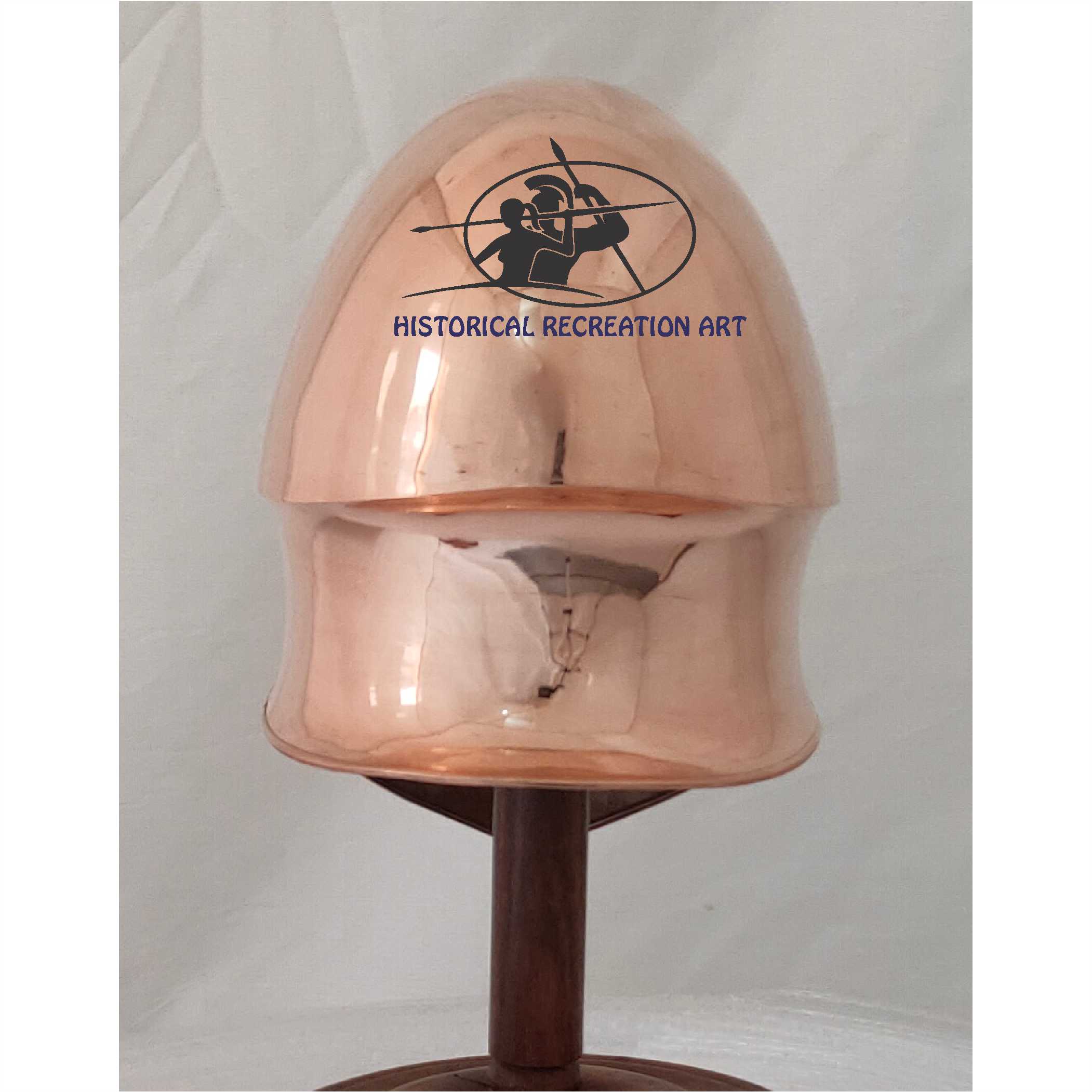
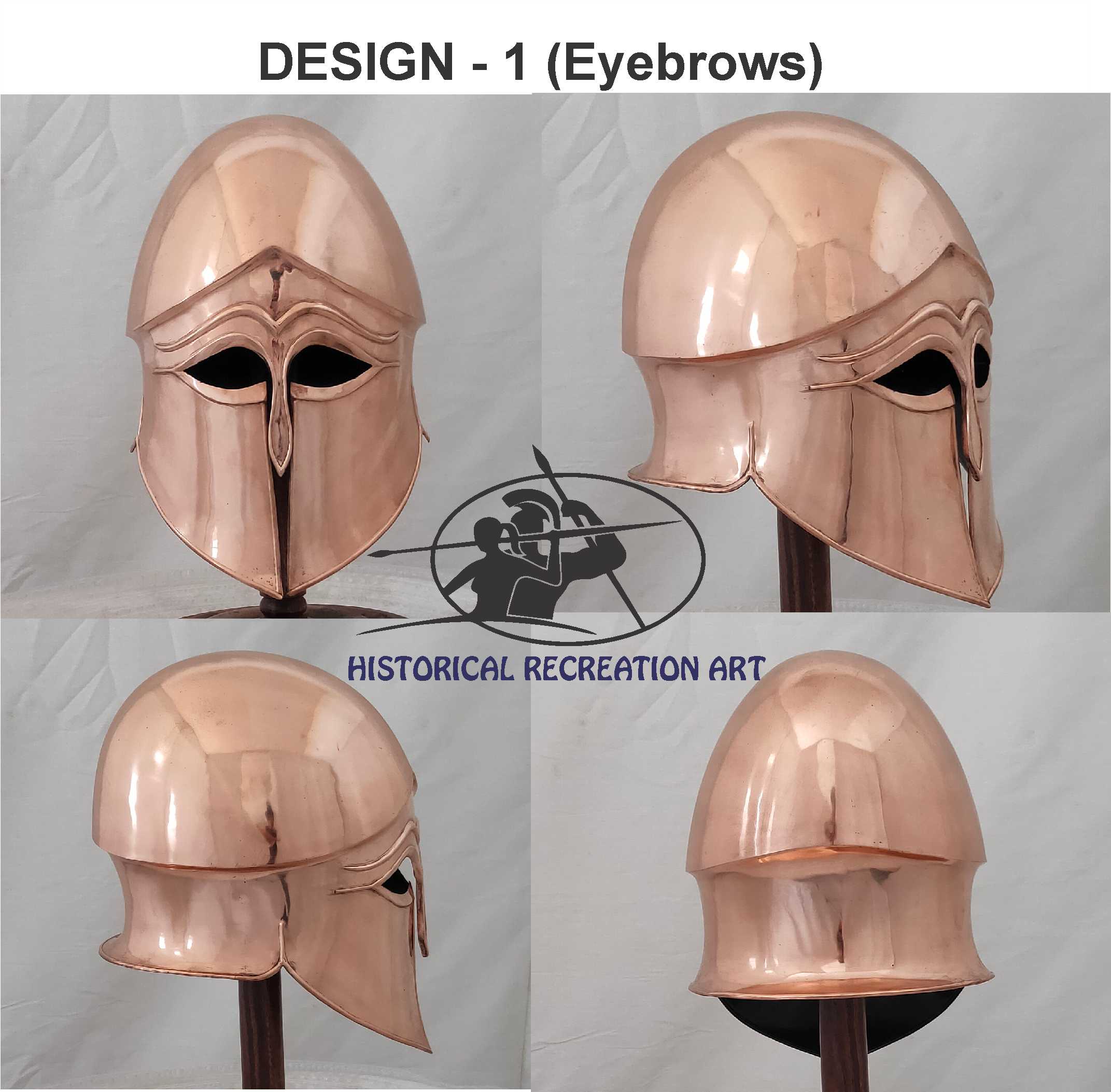

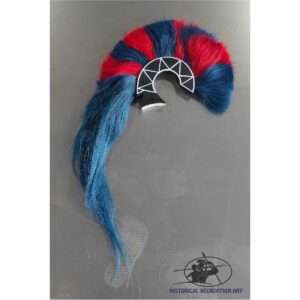
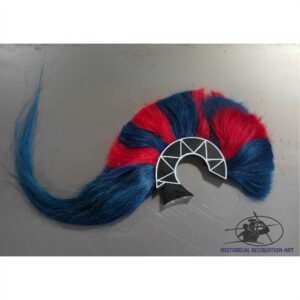

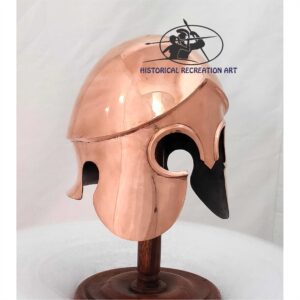
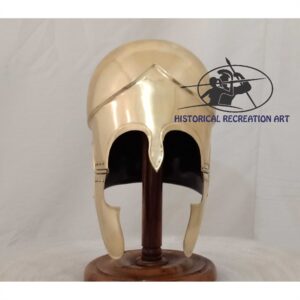
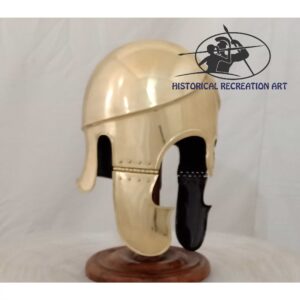
Reviews
There are no reviews yet.